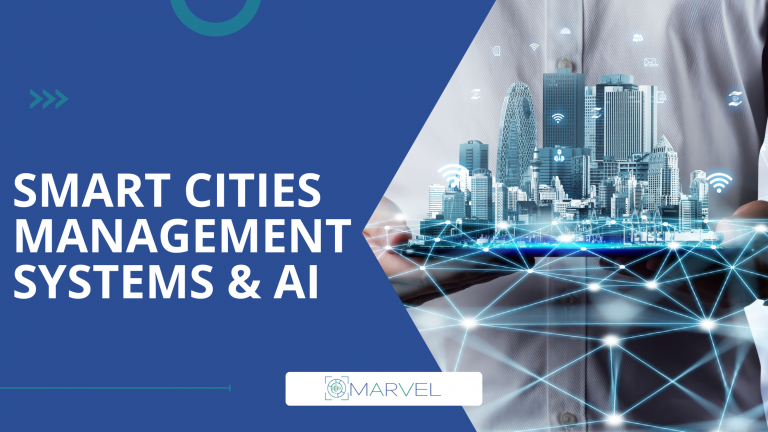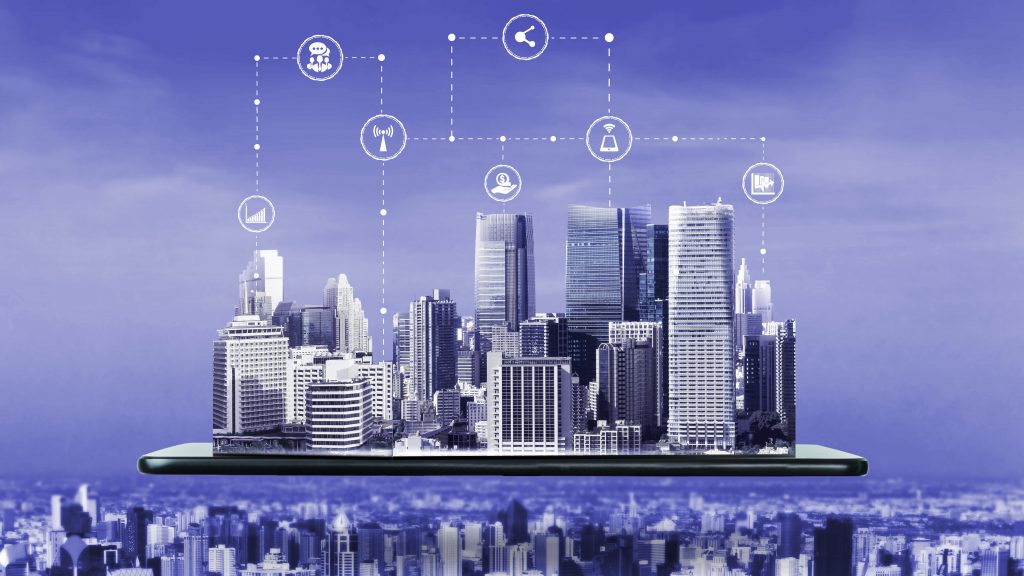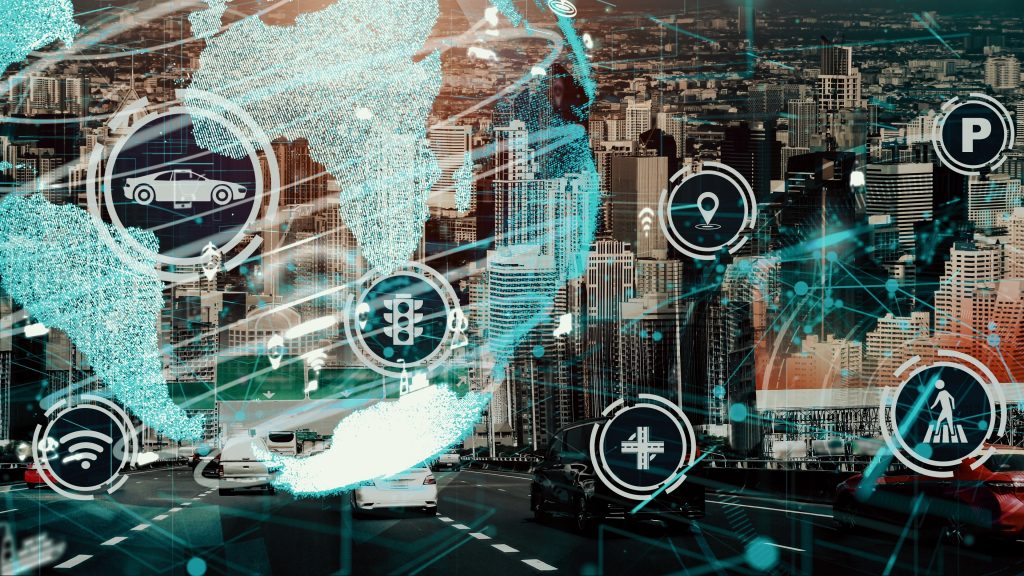Smart Cities Management Systems & AI
Introduction
Smart Cities are becoming more popular
The number of cities using smart solutions to manage their operations is increasing. Smart cities are becoming more popular due to various reasons such as the increased demand for energy-efficient buildings which help reduce greenhouse gas emissions, the need for better transportation infrastructure as well as stronger public safety measures that protect citizens from terrorist attacks or natural disasters. With this increase in popularity comes an increase in demand for AI, big data analytics, and other technologies that will aid cities to be able to find patterns in data that they may not have seen before, make better decisions, respond faster to emergencies unexpected incidents, etc, save money on resources, improve public safety, reduce environmental footprint, and increase citizens well-being.
Examples of AI use in Smart Cities Management challenges
With the advent of AI, smart cities will be able to gear up for the challenges that lie ahead. Here are some ways in which artificial intelligence can help in managing a city:
AI can Reduce Traffic Congestion and Improve Transportation Infrastructure.
AI can be used to help predict traffic patterns. Data generated by a large number of sensors can be used to predict traffic patterns and congestion in real-time. This can enable authorities to take the measures necessary to avoid problems caused due to heavy traffic flow during peak hours. In the long run, this will allow the cities to plan their transportation system more efficiently, reducing the need for additional infrastructure in some areas and building new roads where they are needed most. Resolving traffic issues via the use of Smart City Technologies is also one of the MARVEL Uses Cases and you can read more about it here
Natural Disasters Can Be Predicted by Using AI and Big Data.
AI and big data can be used to predict and prevent these disasters by helping the city authorities make informed decisions about how to handle them. For example, an algorithm could be trained to detect changes in water levels or river flow rates with machine learning, allowing city planners to prepare for floods before they happen. Drones equipped with sensors can also be used to survey areas where flooding might occur before it happens, giving cities warning so that they should take certain precautions or even can evacuate people from those areas if necessary.
AI can also be used to predict and manage other natural disasters, such as tornadoes and hurricanes. Machine learning algorithms have been trained to detect changes in temperature and humidity [3] that precede these events; this allows cities to prepare for them by opening shelters or sending out emergency crews.
Combining Technologies For Better Smart City Management.
An integral part of managing a smart city is collecting data and using it to make informed decisions. Cities can use big data analytics to understand the patterns of their citizens’ behavior, while IoT allows municipalities to gather information from streetlights, traffic signals, and other infrastructure. AI can help sift through this data by analyzing patterns and finding outliers that could indicate something amiss in the city.
The future of smart cities is bright and will be filled with technologies that make life easier for everyone. The use of AI, big data analytics, and blockchain technology can help us make predictions about natural disasters or traffic congestion, so we can prevent them before they happen or address them on time and in an optimal way. This kind of technology will also save cities a lot of money in maintenance costs while improving their reputation as well as the lives of their inhabitants.
All these technologies—blockchain technology; IoT; AI; big data analytics; have proven useful in other industries. Also, they can all become integral parts of how smart cities operate today, so it only makes sense that they should be combined together to create better systems for managing our urban areas.

The key for better decisions using Smart City Management Systems
Concluding this article, it can be safely stated that despite the technological advancements that can enhance Smart City Management systems the human factor is still important in managing Smart Cities and in particular in making decisions based on the information at hand provided by all the aforementioned technologies.
As we have discussed in a previous post, humans are visual beings, and as such in order to make effective decisions in a short time they need to be able to read, understand and filter all information quickly, effectively, and easily. That is exactly what SmartViz aims to offer as part of the MARVEL solution: an effective and easy-to-use tool for decision-making in managing smart cities regardless of the expertise and the background of the people involved.
References
Blog signed by: Spiros Fotis Jr. of the ZELUS team
So, what do you think? Are Smart Cities the future of life in urban areas? Do you live in a Smart City? Should citizens get more involved in Smart City Management? Would you trust AI to make decisions as part of Smart City Management or you are in favor of human decision-making aided by powerful visualization tools such as SmartViz?
Feel free to reach out using the MARVEL contact form or to find and talk to us on Twitter and LinkedIn and share your thoughts with us!
Menu
- Home
- About
- Experimentation
- Knowledge Hub
- ContactResults
- News & Events
- Contact
Funding

This project has received funding from the European Union’s Horizon 2020 Research and Innovation program under grant agreement No 957337. The website reflects only the view of the author(s) and the Commission is not responsible for any use that may be made of the information it contains.




